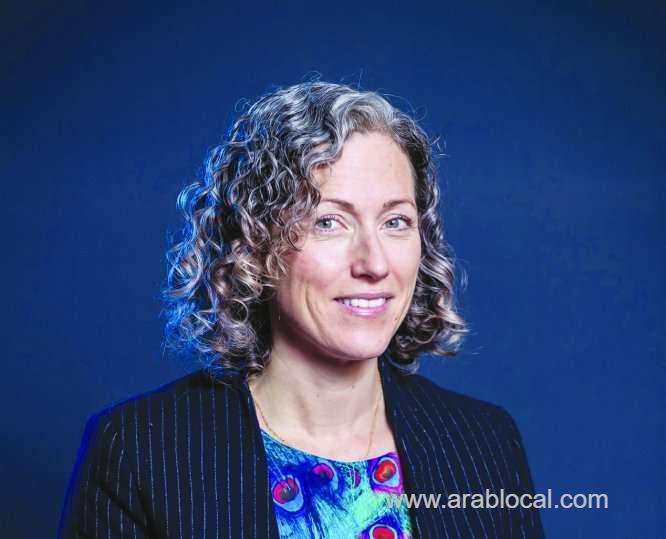
Doha: Qatar Environment and Energy Research Institute (QEERI), part of Qatar Foundation’s Hamad Bin Khalifa University (HBKU), has been working closely with the agricultural sector to provide sustainable solutions to commercial farms in Qatar.
In its pilot phase, QEERI partnered with a farm located in the south-west of Doha to build an integrated solar photovoltaic (PV) system to supply the farm with the required electrical energy. With the farm’s switch to PV complete, the next stage is to optimise water usage on the farm.
Led by QEERI’s Senior Research Director for the Water Center Dr. Jenny Lawler, the team is now exploring where and how water can be recycled and reused, thus allowing agricultural yield to remain the same while using less water.
“While Qatar’s drive to increase its agricultural output to meet local needs is commendable, what is equally important, if not more, is that sustainable farming practices are adopted to ensure we use the country’s severely limited water resources in a responsible manner,” said Dr. Lawler.
“Farms in Qatar currently rely heavily on groundwater for their irrigation needs. It is common practice for wells to be dug on farms for direct access to ground water. Groundwater is currently being extracted at a much higher rate than it is replenished, with the annual rate of extraction almost five times that of recharge,” said Dr. Lawler. The groundwater in Qatar has a high salt content, compelling farmers to first desalinate the water to make it suitable for irrigation.
“We are looking at a number of potential ways to convert this waste salt into something of value, such as recovery of useful chemicals or novel energy recovery technologies,” according to Dr. Lawler.
Dr. Lawler said, “These greenhouses use what is called an evaporative cooling system. It consists of cardboard pads on one end of the greenhouse and fans on the other. Water is poured down on the pads. When the fans operate, air is pulled through the wet pads and water evaporates, leading to a temperature drop of 10-15 degrees Celsius in the greenhouse. The problem is, the amount of water used in this process is about four times the amount used to irrigate the crops.”
SOURCE: THEPENINSULAQATAR